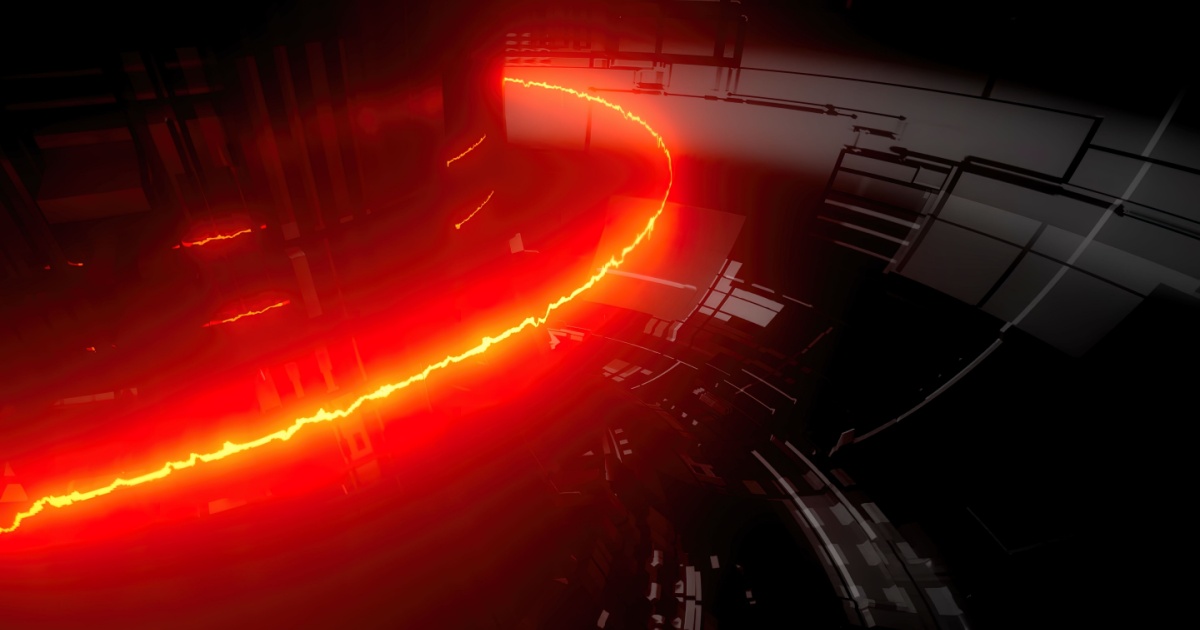In a groundbreaking achievement, South Korean scientists have shattered nuclear fusion reactor records. The Korea Superconducting Tokamak Advanced Research (KSTAR) device has created an “artificial Sun” that reached plasma temperatures of 100 million degrees Celsius for 48 seconds. Making it the hottest and longest achievement in fusion energy history.1
That’s One Spicy Fusion Reactor
The achievement of the KSTAR team is a testament to the relentless and constant pursuit of harnessing the potential of fusion energy. By confining plasma, hot ionized gas, within the donut-shaped hull of the tokamak (the T in KSTAR), scientists are slowly being able to unlock a sustainable and pollution-free energy source comparable to the processes occurring within the sun. “The power of the sun, in the palm of our hands” is a very real possibility.
This most recent milestone not only demonstrates the capability to achieve and sustain unprecedented temperatures but also signifies our progress toward sustaining fusion reactions for longer durations. With each new advancement, researchers are getting closer to the eventual goal of making fusion energy a viable and scalable power source.
Director Si-Woo Yoon of the Korean Institute of Fusion Energy (KFE) expresses optimism about the implications of this achievement, stating, “[t]he latest record will be of great help to secure the predicted performance in ITER operation in time and to advance the commercialization of fusion energy”.
A Team Effort
The success of the KSTAR fusion reactor is due to significant upgrades in the last few years. Installing a new tungsten diverter (tungsten has a high-temperature resilience) has allowed the reactor to withstand the extreme conditions necessary for sustaining fusion reactions.2
Dr. Hyunseok Kim, a physicist at KFE, highlighted the challenges faced during the experimental campaign. “At the beginning of the campaign, the temperature of the inner wall of the tokamak did not rise well,” he also noted the risks associated with using new materials and configurations. But despite initial hurdles, the adaptability and expertise of the research team led to the successful operation of the upgraded reactor.
Read More: How a Viable Nuclear Fusion Reactor Really Could Change the World
Additional collaboration with international partners, including the US Department of Energy’s Princeton Plasma Physics Laboratory (their acronym is less cool), has contributed to refining the reactor’s performance. Advances like stabilizing weaknesses in the plasma containment system have significantly improved the efficiency of fusion reactions, paving the way for longer plasma confinement durations.
These achievements show that we really can collaborate in interdisciplinary settings like fusion research. Scientists from across the globe are able to set aside differences and pool their expertise to tackle complex challenges inherent in achieving sustainable fusion energy.
The Fusion Reactor Future
The KFE team remains focused on pushing the boundaries of fusion technology. Plasma physicist Hyeon-seon Han expresses aspirations of surpassing the 50-second mark and ultimately achieving 300 seconds of plasma operation with their current temperature benchmark in as early as 2026.
While significant progress has been made, there are still persistent challenges on the road ahead. Despite its immense potential, fusion power is fraught with technical and logistical hurdles that require extreme efforts from very smart individuals and continued investment in research and development (there’s a reason Dr. Octopus stole from those banks).
As fusion research progresses, the global community will eagerly and patiently await the completion of projects like the International Thermonuclear Experimental Reactor (ITER), a fusion reactor that should provide crucial insights into the feasibility of fusion energy on a larger scale.
With all of this in mind, the record-setting achievements of the KSTAR fusion reactor show a remarkable step forward in the field of fusion energy. While challenges remain, each milestone brings us a bit closer to mastering the transformative potential of clean and limitless power.
Read More: Nuclear Fusion Breakthrough: Experiment Confirmed to Produce More Energy Than Was Put In

